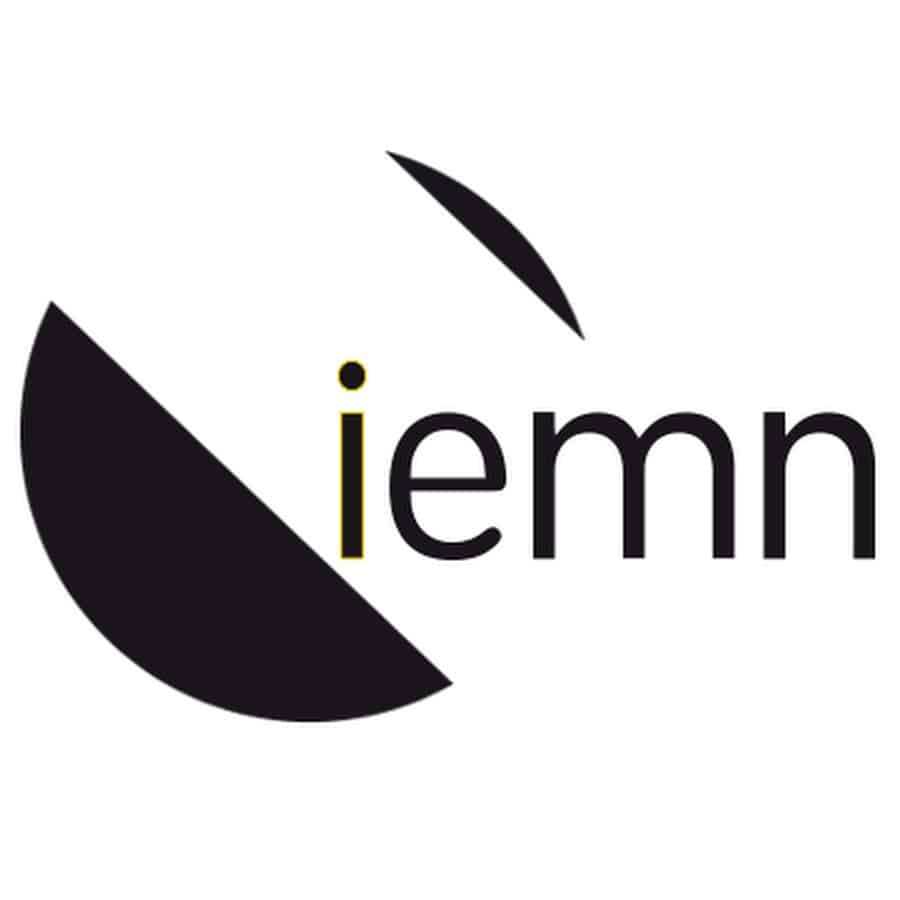Strategies to achieve efficiencies of over 19% for organic solar cells
Résumé
Organic solar cells are a promising system for generating clean energy. Recent advancements, particularly in non-fullerene acceptors such as Y6 and its derivatives, along with the development of innovative polymer donors, have significantly enhanced the power conversion efficiency of organic solar cells at the laboratory scale, with the expectation to reach 21% in the near future. The strategic engineering of these acceptors has expanded the pool of non-fullerene acceptor materials, providing excellent compatibility with a wide range of donor materials. Moreover, these advancements also foster research into solvent engineering, additive engineering, multicomponent devices, and device architectures. This review highlights the latest progress in terms of active material design, interface material development, device technology, and various proposed strategies aimed at achieving power conversion efficiencies above 19%. Finally, we propose future research directions to achieve high-efficiency organic solar cells. We also expect that this review will contribute to guiding large-scale construction and will pave the way for eventual commercialization.
| Origine | Fichiers éditeurs autorisés sur une archive ouverte |
|---|---|
| licence |




